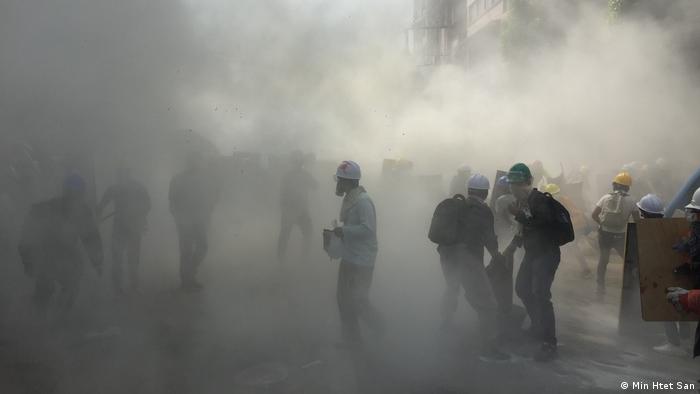Julia bayer
The number of stories that have come to light despite the inability of journalists in places like Ukraine, Iran, China and many others to report freely or on the ground, largely through the use of OSINT.
One of many OSINT publication highlights 2021 was the 40-min doc “Day of rage” by the Visual Investigations team of NYTimes. It’s a great combination of investigative journalism, visual storytelling and OSINT.
My personal OSINT highlight 2021 was a story I published about the burmese military chief Min Aung Hlaing and his children’s business affairs.
 In Myanmar, military matters are a lucrative family affair
In Myanmar, military matters are a lucrative family affair
We analyzed a public data leak of Myanmar business financials. It was my first time working with such an amount of data. I had no idea what to do with that but my gut feeling told me to take it, and together with knowledge of friends of the OSINT community we were able to publish an investigation based on this data.
Read the story
https://www.dw.com/en/in-myanmar-military-matters-are-a-lucrative-family-affair/a-57132879
Good
More visible impacts of OSINT technics and methodology in journalism. Increase of interest in learning OSINT and
verification techniques.
Bad
There is a gap of what digital verification is and that sharing public information can do harm to people’s privacy.
There is also an increase on online threats against journalists.
The amazing guide by @Sector035 on “Chronolocation on Media”
Chronolocation on Media by Sector035
https://sector035.nl/articles/chronolocation-of-media
The interest in learning techniques and using OSINT in different fields will increase even more. There will be more users who will voluntarily e.g. geolocate incidents in (breaking) news events. But, it is important to understand that OSINT is more than just geolocation and that this is one part of many in the whole verification process.
Digital verification is not just about tools. Essential are our human senses. Sharpen them, trust them and if you are not sure do not share the content.

